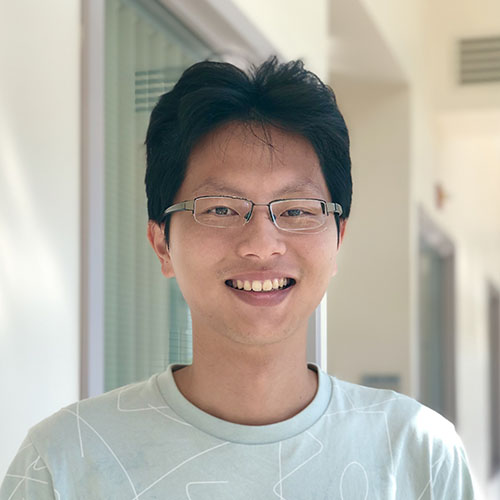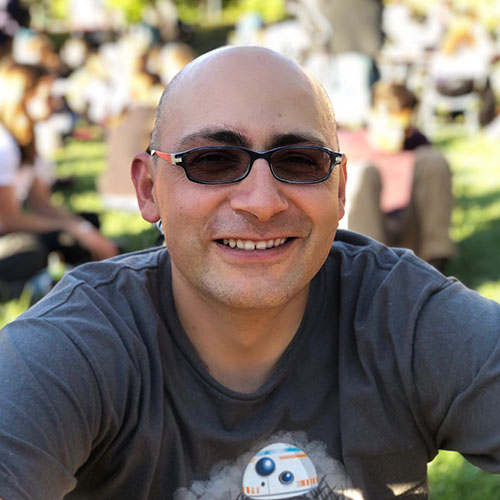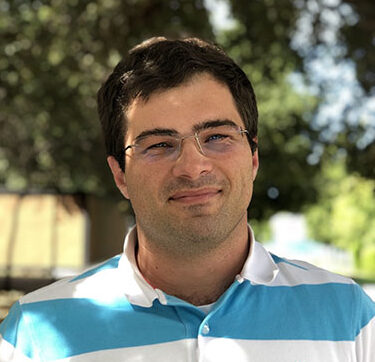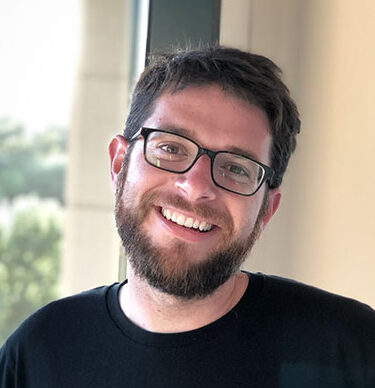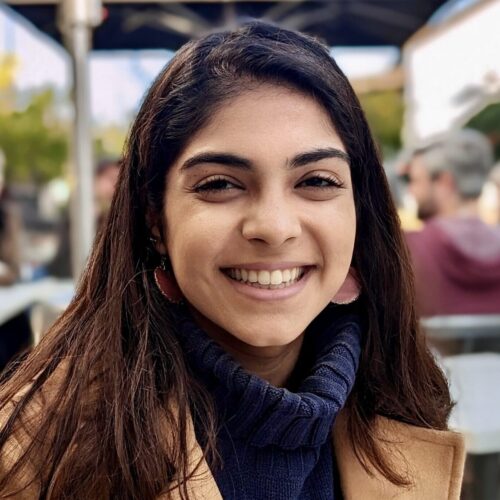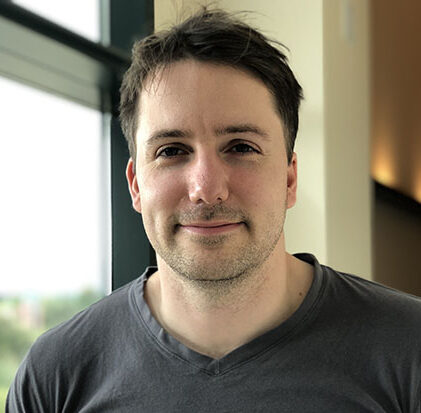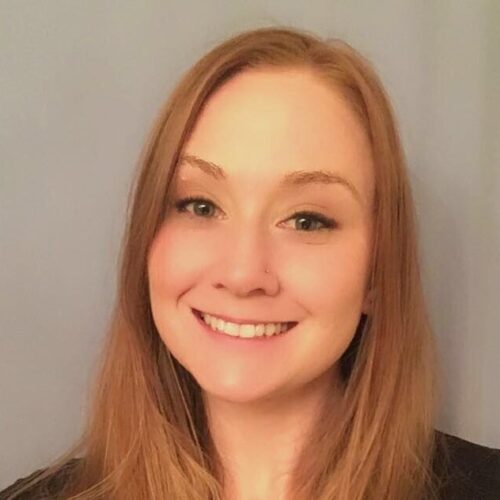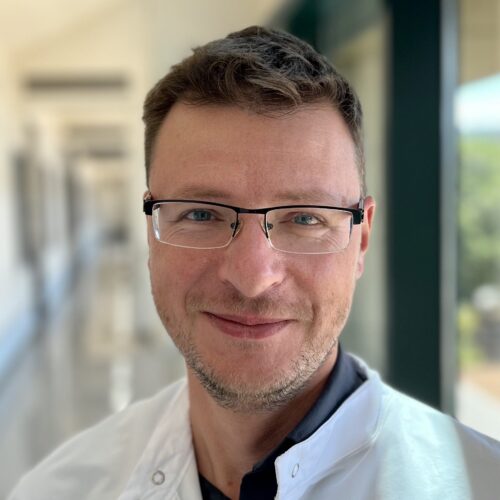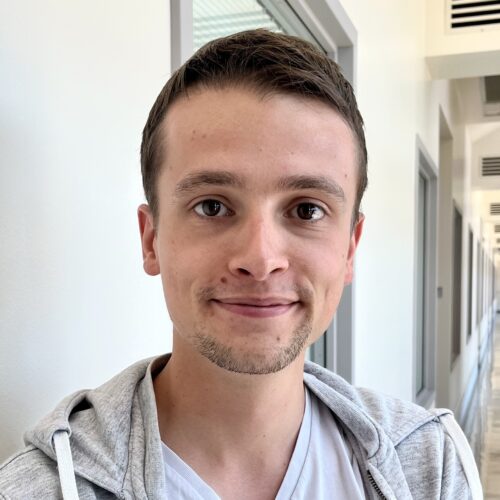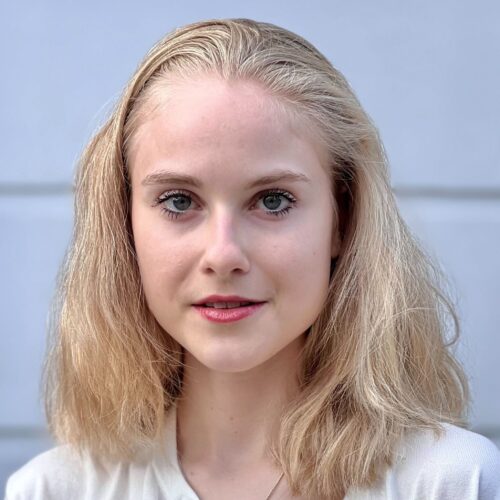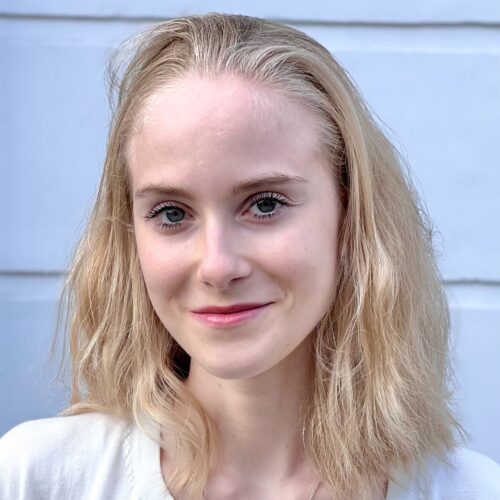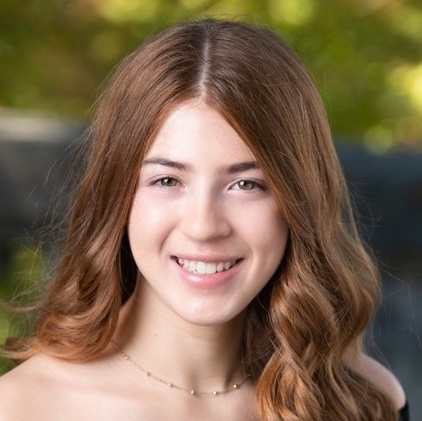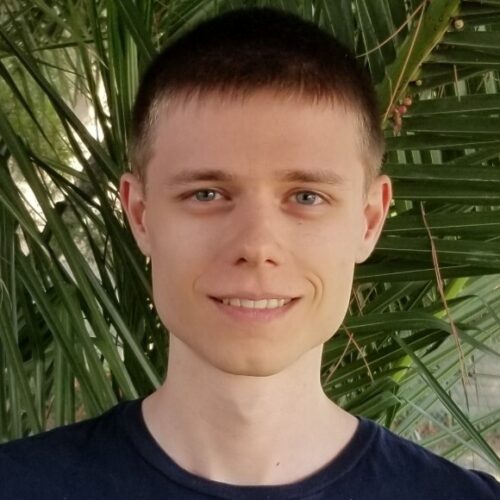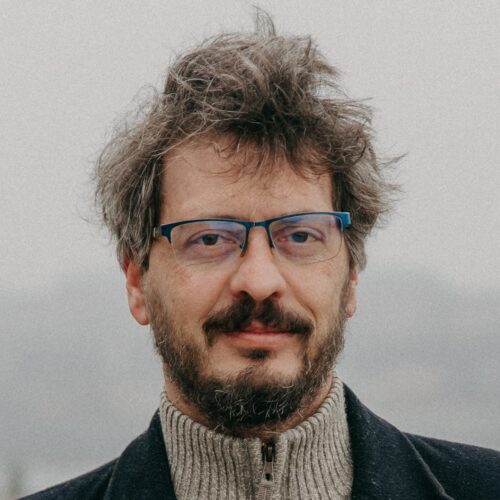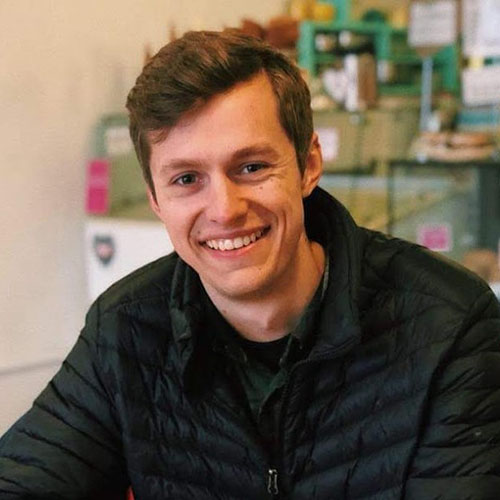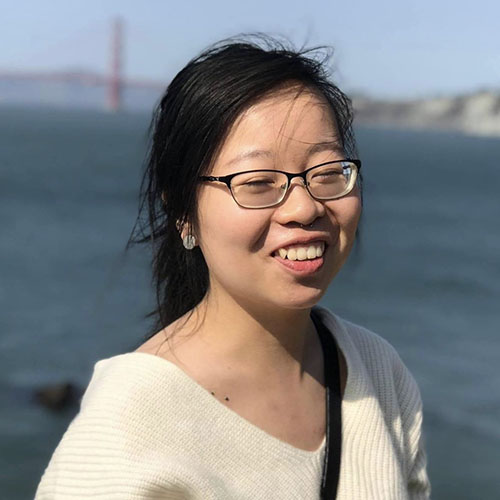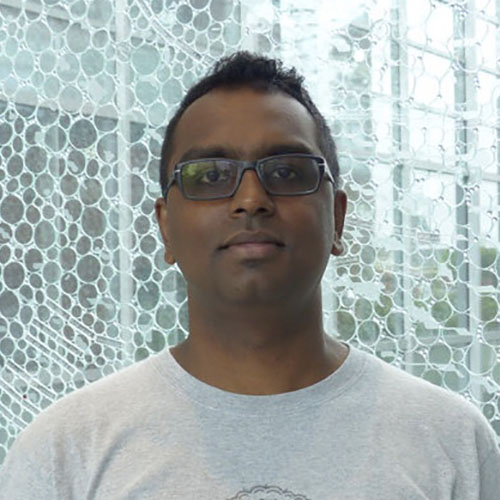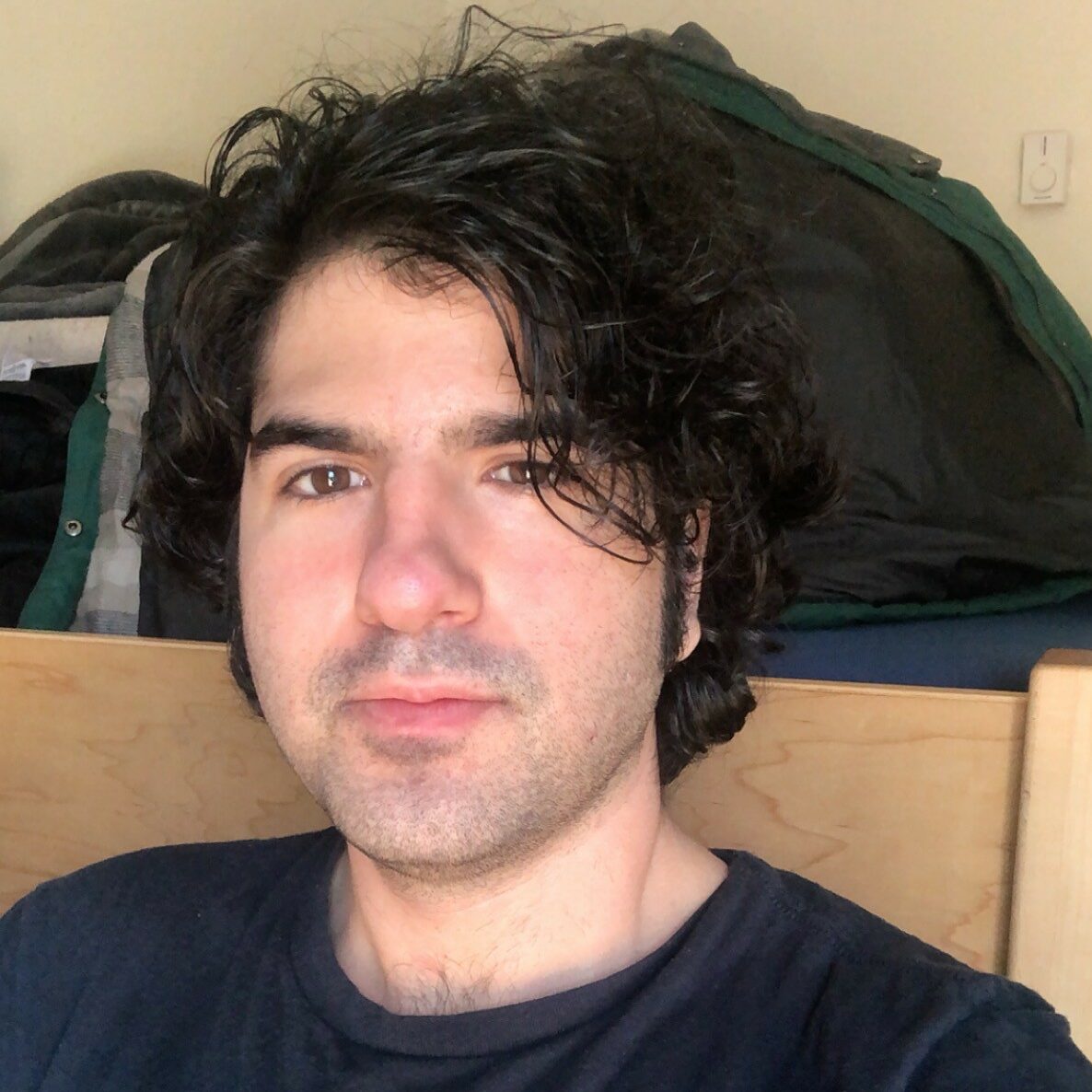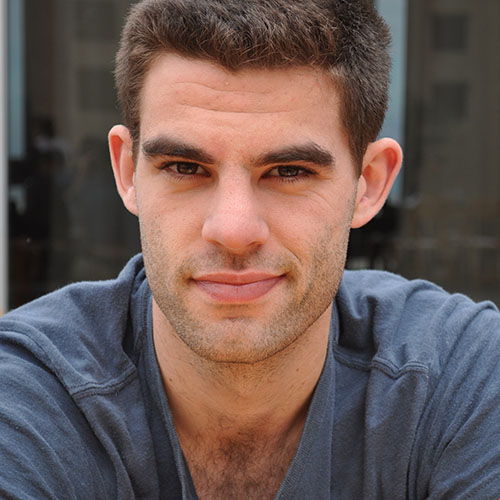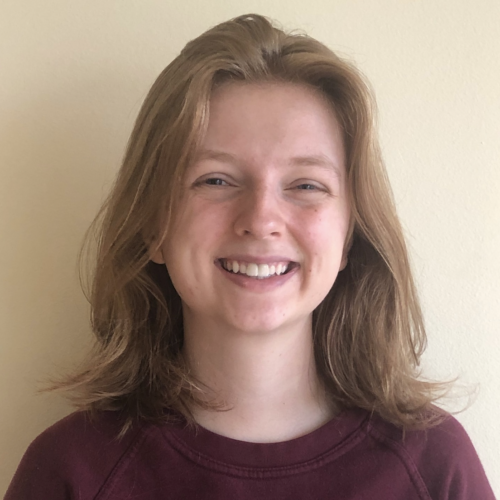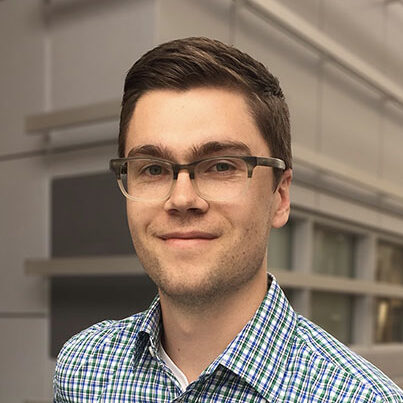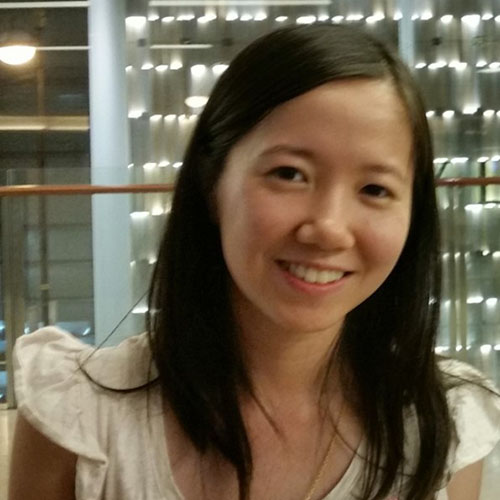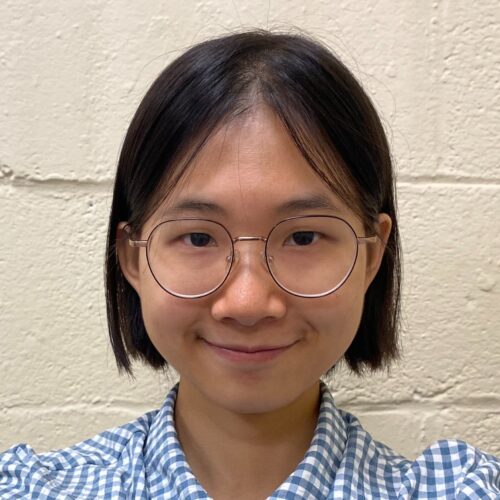
James R. Doty Professor of Neurosurgery and Neurosciences
Ivan Soltesz
Ivan Soltesz received his doctorate in Budapest and conducted postdoctoral research at universities at Oxford, London, Stanford and Dallas. He established his laboratory at the University of California, Irvine, in 1995. He became full Professor in 2003, and served as department Chair from 2006 to July 2015. He returned to Stanford in 2015 as the James R. Doty Professor of Neurosurgery and Neurosciences at Stanford University School of Medicine.
His major research interest is focused on neuronal microcircuits, network oscillations, cannabinoid signaling and the mechanistic bases of circuit dysfunction in epilepsy.
His laboratory employs a combination of closely integrated experimental and theoretical techniques, including closed-loop in vivo optogenetics, paired patch clamp recordings, in vivo electrophysiological recordings from identified interneurons in awake mice, 2-photon imaging, machine learning-aided 3D video analysis of behavior, video-EEG recordings, behavioral approaches, and large-scale computational modeling methods using supercomputers.
He is the author of a book on GABAergic microcircuits (Diversity in the Neuronal Machine, Oxford University Press), and editor of a book on Computational Neuroscience in Epilepsy (Academic Press/Elsevier).
He co-founded the first Gordon Research Conference on the Mechanisms of neuronal synchronization and epilepsy, and taught for five years in the Ion Channels Course at Cold Springs Harbor.
He has over 34 years of research experience, with 27 years as a faculty involved in the training of graduate students (total of 15, 6 of them MD/PhDs) and postdoctoral fellows (24), several of whom received fellowship awards, K99 grants, joined prestigious residency programs and became independent faculty. He is the co-director (with E.J. Chichilnisky) of the Stanford NeuroTech graduate program that aims to engage and mentor engineering and computer science graduate students in the neurosciences.
Email:isoltesz@stanford.edu
